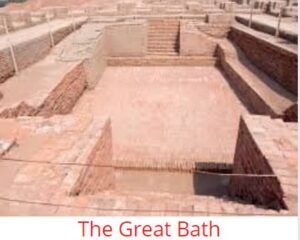Government of India Act of 1858
- Also known as the Act for the Good Governance of India.
- Designation of Governor General of India was changed to Viceroy.
- Governor General Lord Canning became the first Viceroy of India.
- Board of Control and Court of directors were abolished transferring all their powers to British Crown.
- New office ‘Secretary of state' was created.
- A 15-member council of India was created to assist the Secretary of State for India.
Indian Councils Act of 1861
- First step to associate Indians to the legislative process.
- Lord Canning nominated three Indians to his legislative council – the Raja of Benaras, the Maharaja of Patiala and Sir Dinkar Rao in 1962.
- Gave recognition to the portfolio system.
- Legislative powers of Madras and Bombay presidencies were restored.
Indian Councils Act of 1892
- Made an indirect provision for election.
- Increased the number of additional (non-official) members in both Central and provincial legislative councils.
- Devolved more power to legislative councils (For example, power of discussing the budget and addressing questions to the executive).
Government of India Act of 1919
- Also called Montagu-Chelmsford Reforms or Mont-Ford Reforms.
- Provided separate electorates for Sikhs, Indian Christians, Anglo-Indians and Europeans.
- Granted franchise to a limited number of people on the basis of property, tax or education.
- Separated the central and provincial subjects for legislation.
- Futher divided provincial subjects into two parts– transferred and reserved(Dyarchy).
- Separated provincial budgets from the Central budget
- Introduced bicameralism and direct elections for the first time.
- Provided for the establishment of a Public Service Commission.


 The Regulating Act of 1773 was the first step taken by the British Parliament to control and regulate the affairs of the East India Company in India.
The Regulating Act of 1773 was the first step taken by the British Parliament to control and regulate the affairs of the East India Company in India. 


